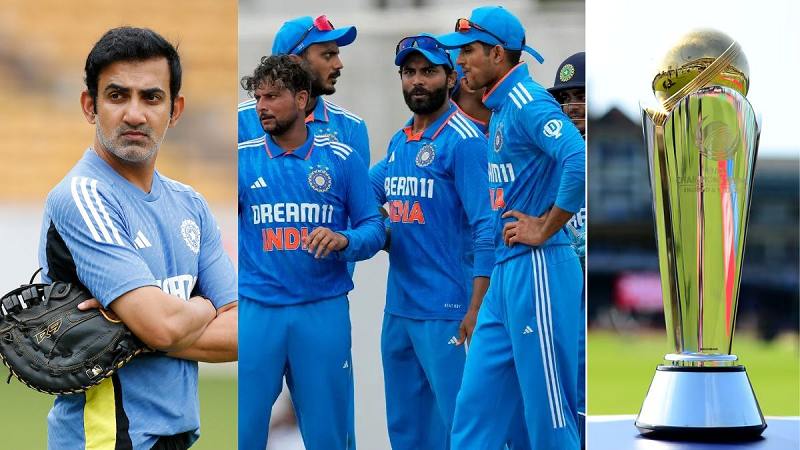If we look at the records of the last two years, it is clear that since the Corona epidemic, the cases of heart diseases, especially heart attacks, have increased rapidly globally. Many people under the age of 40, actors have died due to heart attacks. Doctors say that lifestyle and dietary disturbances are considered to be the main reasons for the increasing cases of heart attack and cardiac arrest, and all people need to make continuous efforts to avoid risk factors for heart health.

Health experts say that in India, about 28 percent of people who suffer from a heart attack die, however, if some precautions are taken in time, the patient's life can be saved. CPR is considered to be one such life-saving procedure, which if used in time after a heart attack, can reduce the risk of death.
Let us know what is this CPR and what can be its benefits in case of a heart attack.
What is CPR?
Cardiopulmonary resuscitation (CPR) is a life-saving technique that can prove life-saving in emergencies like heart attacks. In case of breathing or heartbeat stopping, if CPR is given to the patient in time, then the risk of death can be reduced. Experts of the American Heart Association say that in case of a heart attack, this process of pressing the chest at the right pace can help maintain proper blood circulation. Let us know how beneficial is CPR and how should it be used.

How is CPR given?
Giving CPR in case of a heart attack can help in maintaining proper blood circulation in the body parts. In this, chest compressions are done at the rate of 100-120/minute. For this, join both hands in such a way that the lower part of the palm comes on the chest. Press it by placing the palm on the lower half of the center of the chest. Compress the chest by 5 cm. Do not apply too much pressure. With this method, the body parts get oxygenated blood and the risk of organ failure can be reduced.
What do health experts say?
CPR is a life-saving first aid procedure. However, it should be given as soon as possible in situations like heart attacks. It is important to keep in mind here that the stages are different depending on whether the patient is an infant, child, or adult. Along with pressing the chest, attention should also be paid to breathing. Use CPR only if the patient has stopped breathing. Check the person to see if they are responding before starting CPR.











